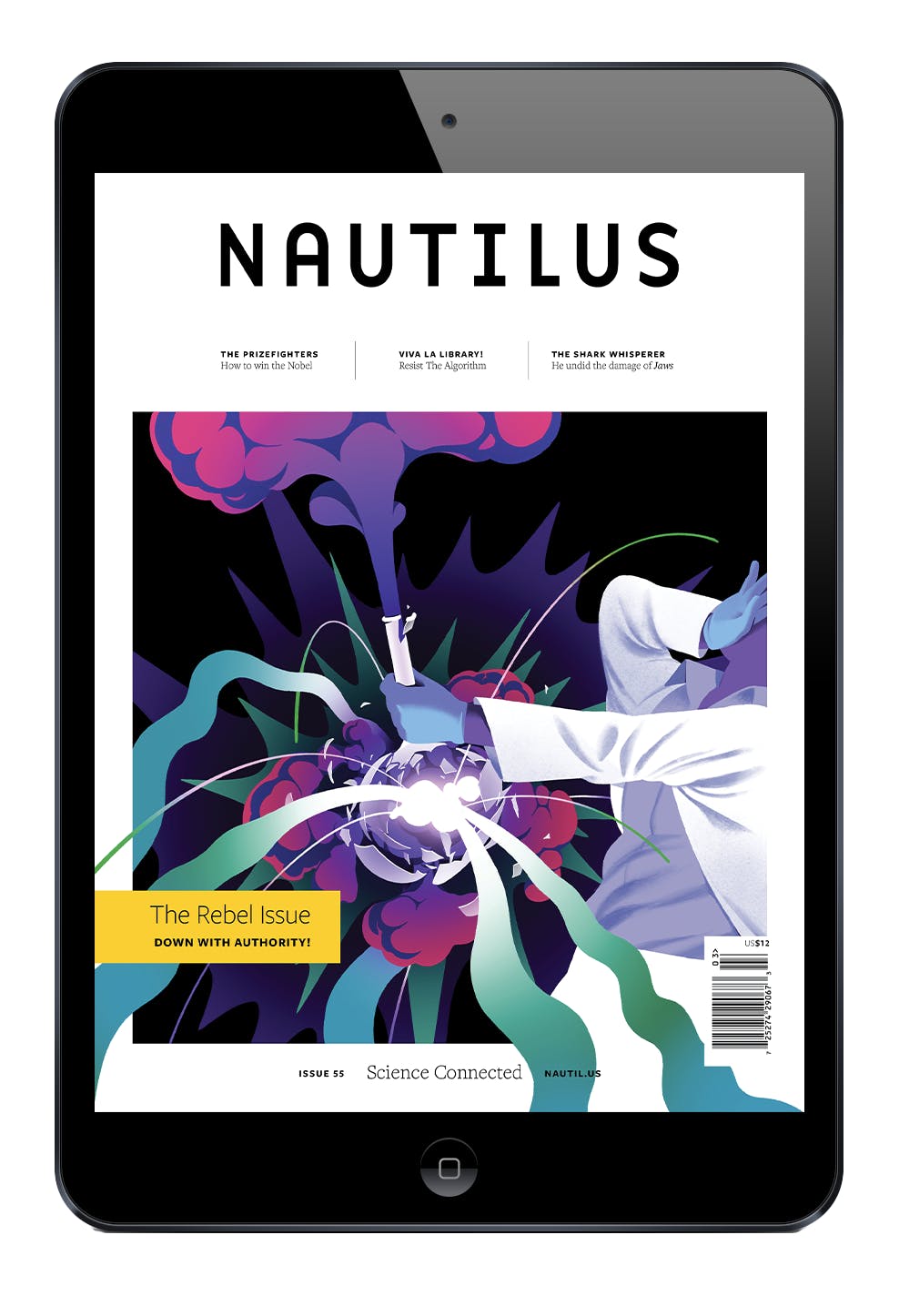Researchers at Columbia University’s Department of Earth and Environment Science have discovered new implications for the Arctic carbon cycle in the face of climate change. Their paper published in Communications Biology shows how differing plant coverage levels affect the region’s carbon sink-to-source transition threshold.
One of the most visible effects of climate change in the Arctic is increasing shrub cover and size across the region. This process, known as “shrubification,” has scientists concerned about the local carbon cycle. Elizabeth Min and her team investigated the response of carbon in the tussock tundra ecosystem when faced with differing vegetation coverage, temperatures and light exposures.
To test the influence of shrubs on the carbon cycle, the team created two plots in Alaska that excluded animals. The first, near Nome, had greater plant cover than the second site near Toolik Lake. Throughout changing environmental conditions, the team tracked the progress of the carbon cycle at these two locations, checking to see if and how the carbon cycle was impacted at each site.
The team discovered that the threshold at which the area would switch from sink to source was heavily influenced by the plant coverage. Areas with higher plant coverage become a carbon source at higher temperatures with low light and lower temperatures with high light. Areas with less plant coverage become a carbon source at low light with high temperatures and high light with low temperatures.
These results show that shrub presence does have a significant effect on the carbon cycle. As a result, a warming tundra growing more shrub cover could be releasing more carbon than it is absorbing, further contributing to regional warming.
Note: This article have been indexed to our site. We do not claim legitimacy, ownership or copyright of any of the content above. To see the article at original source Click Here













